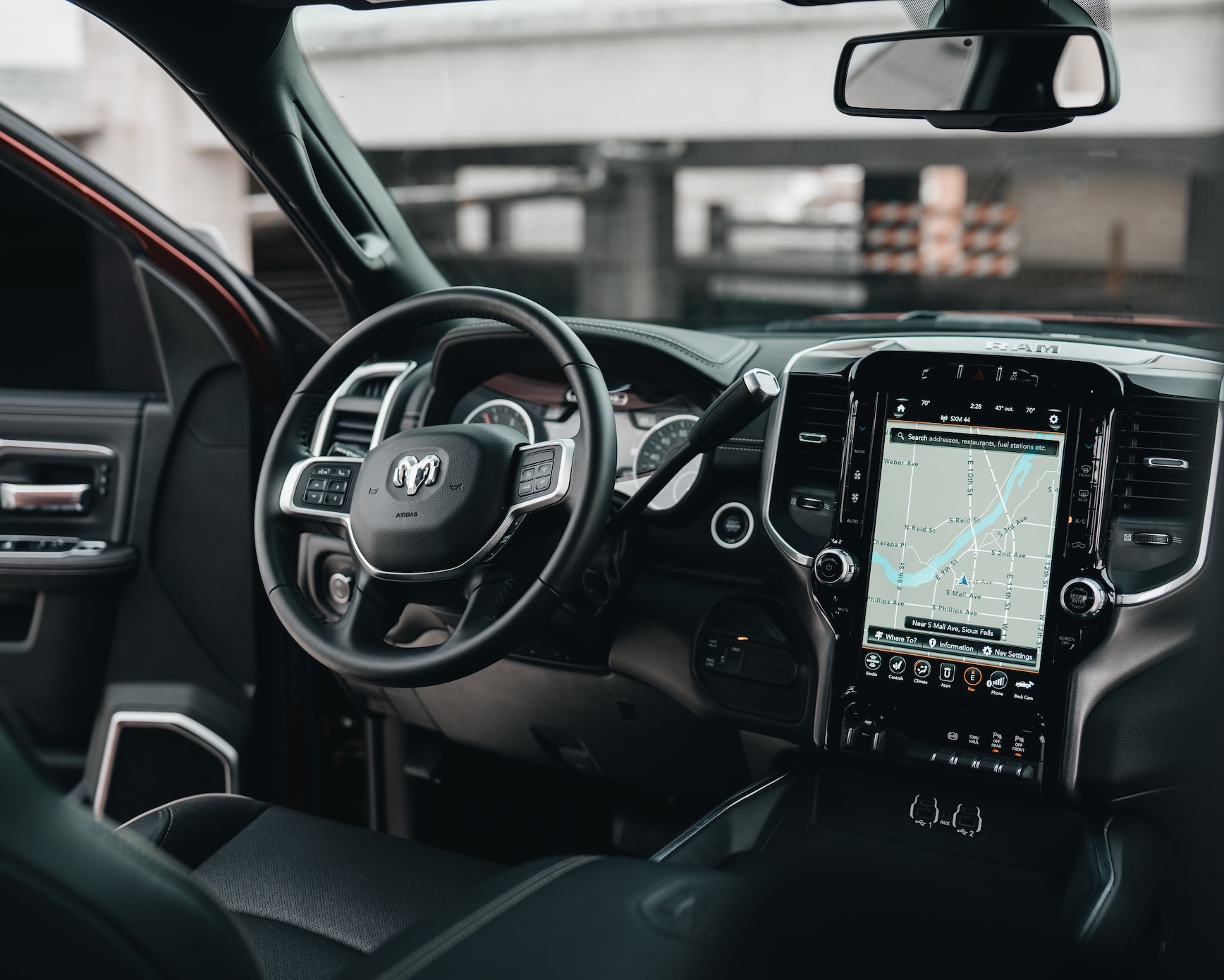According to an IOT World Today report, almost all accidents involving self-driving vehicles had human error as the culprit.
Automated vehicles offer the prospects of significantly reducing if not eliminating human errors that contribute to motor vehicle accidents. With a combination of circuits, algorithms, software, and hardware, these vehicles are designed to stop, slow, move, and adjust based on traffic, pedestrians, objects, and road conditions.
However, motor vehicle crashes still happen. For victims, the potential consequences include fractures, traumatic brain injuries, spinal injuries, and emotional distress. Bills can mount for hospital stays, surgeries, rehabilitation, treatment, and medical expenses. Victims of negligence from automobile accidents face loss wages and pain and suffering.
Crashes involving automated vehicles can occur from defects in the vehicles, inadequate instructions, or the fault of the drivers or others involved. Those legally responsible for the injuries may include the vehicle manufacturer, companies testing the vehicles, or drivers of any of the vehicles involved in the crash.
Products Liability for Defective Self-Driving Vehicles
The Basics of Products Liability in Washington
Chapter 7.72 of the Revised Code of Washington expresses the general rules of Washington products liability laws.
Section 7.72.030 imposes upon manufacturers liability for negligent design of a product or failure to warn about the dangers. Strict liability claims against manufacturers, which allow injured people to recover even in the absence of manufacturer negligence, turn upon the failure of product to perform as warranted.
Under Section 7.72.040, non-manufacturer sellers (such as dealers) face products liability for negligence, breaching express warranties about the product, and intentional misrepresentations (or fraudulent misrepresentations). You may sue a seller as if it were the manufacturer where the manufacturer is insolvent or otherwise financially unable to pay on a judgment, the seller or manufacturer controls the other, or the seller markets the product as its own.
Defects in Self-Driving Vehicles
As with any vehicle, automated ones can cause crashes and injuries when they fail to operate properly. These defects include malfunctioning brakes, horns, ignition systems, tires, and electrical systems. Faulty airbags, seat belts, and child restraint systems also cause injuries and fatalities.
With self-driving vehicles, the defective conditions involve highly technical components. Flaws may occur in:
* Software design
* Security against computer or software hackers
* Failure of sensors or detection mechanisms
* Erroneous program instructions or algorithms
* Too little sensor data or information for system
* Systems not operating properly according to algorithms or data
From these and other defects, self-driving vehicles may fail to perceive and react to other vehicles, pedestrians, and other objects. As a result, the car fails to automatically reduce speed, stop, turn, avoid unsafe lane changes, activate turn signals and lights, and obey traffic signs and signals.
Failure to warn claims for automated vehicles may arise from the manufacturer not telling the operator those conditions under which the vehicle does not self-drive, when the system might fail, or how to use the vehicle.
Given the technology involved with automated vehicles, holding vehicle makers or testers liable typically requires expert witnesses. Their evaluation and testimony centers on highly detailed and technical computer and mechanical aspects of vehicle operations. You may find evidence of the company’s knowledge or notice of defects or issues from reports filed with the National Highway Traffic Safety Administration (NHTSA) or the Washington State Highway Patrol. Automated car makers must report accidents to NHTSA. In Washington, testing companies must give notice of crashes and moving violations such as running a red light.
Insurance For Testing Companies
Companies that manufacture, test, or sell defective self-automated vehicles, especially those in the start-up phases, may lack the ability to pay judgments or settlements.
Effective January 1, 2023, Section 46.30.050 of the Revised Code requires that companies testing automated vehicles carry an “umbrella liability policy” of at least $5 million per accident. Prior to the law, such testers needed only $25,000 per occurrence liability coverage that applies to owners of passenger vehicles.
An insurer providing umbrella coverage pays over and above the underlying insurance. That means those injured by an automated vehicle will still pursue up to the limits of the initial liability policy. The umbrella coverage fills the gap between your total damages and what the initial liability insurance pays. For instance, with $500,000 in medical bills, lost wages, pain and suffering, and other damages, the testing company’s liability insurer pays $25,000. From the umbrella coverage, you get $475,000 ($500,000 less the $25,000).
If you are injured by an automated vehicle not owned by a testing company, you cannot benefit from the $5 million umbrella policy mandate. For self-driving vehicles owned by private people, Washington requires only the $25,000 in liability coverage. If your damages exceed $25,000, you will need to pursue the underinsured motorist coverage on your vehicle. Your automobile insurer must offer it, but you may reject it. Not taking uninsured or underinsured motorist coverage places you at risk of inadequate compensation for your injuries.
Liability of Drivers
According to an IOT World Today report, almost all accidents involving self-driving vehicles had human error as the culprit. The study examined 187 crashes with an autonomous vehicle. Problems with the car itself contributed to only two. Mistakes by drivers of the autonomous or other vehicles or pedestrians accounted for the other 185 crashes studied.

The operator of the autonomous vehicle acts negligently by failing to follow the reasonably clear operating instructions. A driver who ignores the vehicle’s warning to brake, reduce speed, or turn may rear-end, t-bone, or hit head on another vehicle. Those who operate automated and non-automated vehicles neglect to perceive oncoming traffic or objects, often assuming that the self-driving systems will avoid crashes.
The acts of negligence by drivers include:
• Running a stop sign or red light
• Failing to yield the right of way
• Unsafe turns or lane changes
• Operating the vehicle while on notice of defective brakes, lights, or
steering wheels
Whatever the type of car, operator negligence and inattention often result from distracted or impaired driving. Personal injury attorneys look for evidence of such driving and the causes of the crash from:
• Observations of alcohol use or the driver’s impaired condition
• Accident reports
• Wireless phone records
• Social media posts during or around the time of the crash
• Witness statements
• Videos and photographs from cellphones or smartphones
• Vehicle data from the vehicle’s recording device
* Video from cameras on nearby buildings or other structures


Join the conversation!